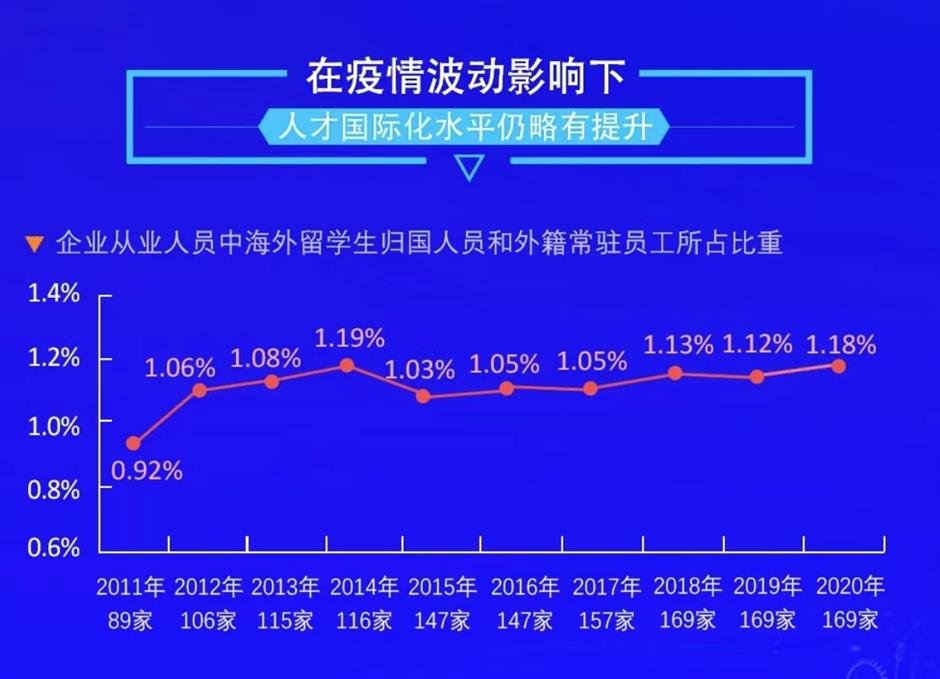China's high-tech zones account for 13% of GDP: report
China's 169 state-level high-technology parks generated nearly 13.6 trillion yuan (US$198 billion) of GDP in 2020 – a year-on-year increase of about 11.5 percent – which contributed more than 13 percent of the country's total gross domestic product, according to a report unveiled during the ongoing 15th Pujiang Innovation Forum.
The report, assessing the innovation capability of domestic high-technology parks, was compiled by the Torch High Technology Industry Development Center under the Ministry of Science and Technology, and the Institute of Science and Development under the Chinese Academy of Sciences.


China's national high-tech parks are showing stronger innovation capability year by year with their innovation index rising 27.2 points to 371.2 points in 2020, the report revealed. To be specific, they have shown outstanding performance in attracting investments and talent.
In 2020, the industrial investment fund in 169 state-level high-tech parks reached more than 2.3 trillion yuan, up 34.4 percent from 2019, with venture capital investment posting a year-on-year increase of 85.3 percent to about 188 billion yuan, a scale almost equivalent to that of Silicon Valley in California, the United States.

Besides, despite the COVID-19 pandemic outbreaks, there has not been a massive brain drain. Instead, overseas students and expats accounted for nearly 1.18 percent of all staff, edging up 0.06 percent year on year.
This demonstrates the strong resilience of the domestic innovation industry in the face of COVID-19. In fact, the pandemic has driven some of the emerging industries, such as biomedicine, artificial intelligence and new materials, to thrive, the report shows.
















